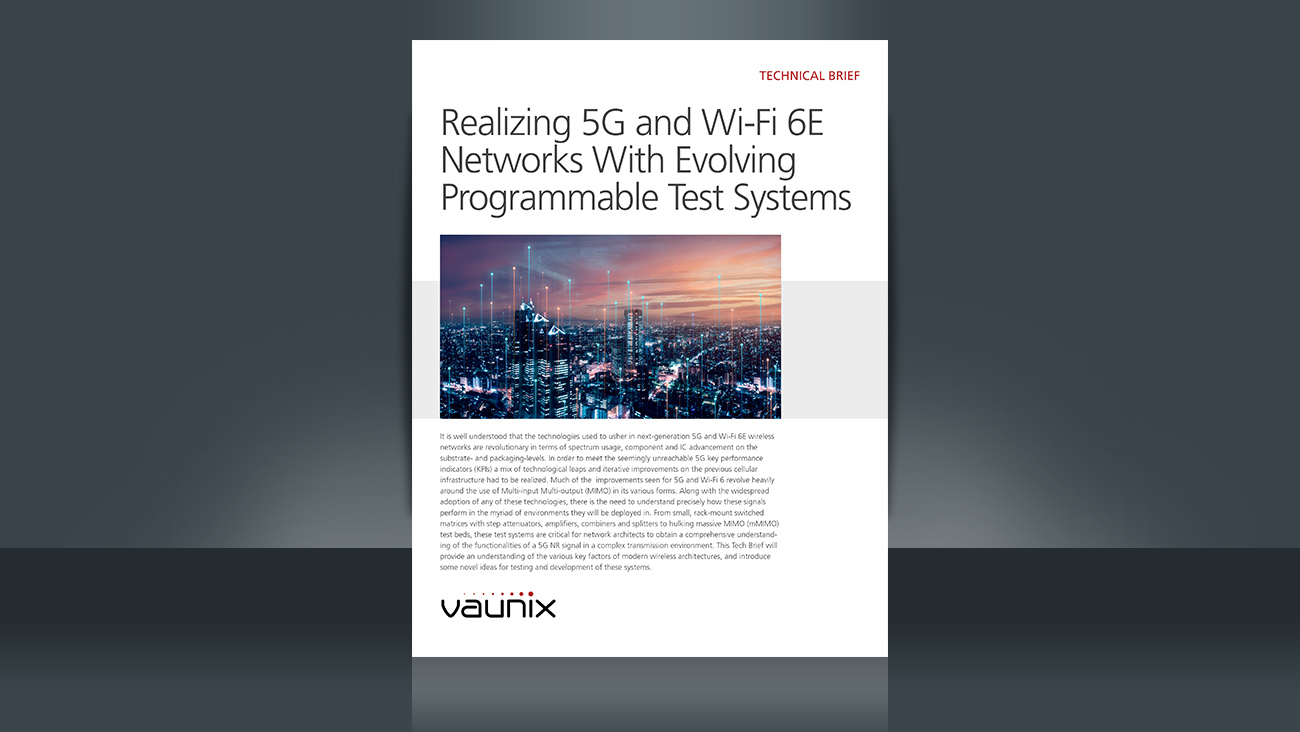
Lab Brick USB Hubs
Ruggedized, 4-Port, High-Powered USB Hubs for RF, Microwave, ATE and Audio Testing
Vaunix Lab Brick high performance USB Hubs are 4-port, high powered, super-tough portable hubs for wireless, RF, and microwave ATE test and engineering stands, and audio applications. They’re the best ruggedized hub money can buy, attested by the people that use them; from roadies in famous bands, to pole climbers for some of the biggest names in wireless communications. They’re counted on for their power, performance, durability and quality. Our self-powered USB Hub, model LPH-204B, features an oversized power supply capable of providing as much as 1 amp of current at +5 VDC to each of its four USB ports simultaneously. Being portable, USB powered and hand-held, these high powered hubs are truly ideal for engineering and production test laboratories, as well as field testing. Designed to power USB Lab Brick devices and other peripherals, Lab Brick 4-port USB hubs deliver clean, highly regulated power to audio, video, RF, and microwave USB devices for various types of engineers and technicians.
Learn more about Lab Brick USB hub technology, packaging, and what’s included.
Technology
Vaunix’s 4-port, self-powered USB hubs for RF, microwave, ATE and audio applications are designed with advanced solid-state technology.
Packaging and Compliance
The ROHS compliant LPH-204B Lab Brick USB Hub is housed in a robust, cast-aluminum enclosure measuring 3.86 x 2.52 x 1.35 in. (98 x 64 x 34 mm) and weighing just 0.5 lb. (0.23 kg). The lightweight, durable housing equips this high quality USB Hub for the most rugged environments. Accessories include mounting provisions for installation into various locations, such as automated test (ATE) benches, test racks, desks, and vehicles.
What’s Included
A 12V, 24W AC/DC adapter and USB host cable are provided with each Lab Brick Hub. Optional length cables and battery packs are available separately. All Lab Brick products come with Vaunix’s committed customer support.
Features
- DVM probe port access for monitoring USB device load current on port 1
- Oversized 1 amp power source supports current intensive USB peripherals on all 4 ports simultaneously
- Durable cast-aluminum housing for the most rugged environments
- Ultra-low noise for optimal performance of audio and video recording equipment
- Fast data transfer rate of 480 Mbps
Applications
- Demanding Audio Applications
- RF and Microwave Engineering and Production Test Benches
- Wireless ATE Test Stands
|
|
||||||||||||||||||||||||
| Lab Brick USB Hubs Ruggedized, 4-Port, High-Powered USB Hubs for RF, Microwave, ATE and Audio Testing |
||||||||||||||||||||||||
|
Tech Brief Helps You Realize 5G and Wi-Fi 6E Networks With Our Evolving Programmable Test Systems
The technologies used to usher in next-generation 5G and Wi-Fi 6E wireless networks are revolutionary in terms of spectrum usage, component and IC advancement on the substrate and packaging. In order to meet the seemingly unreachable 5G key performance indicators




